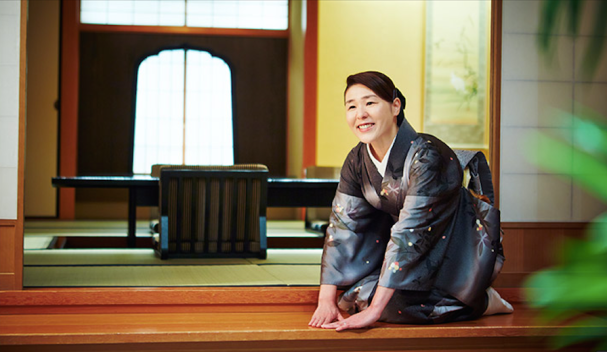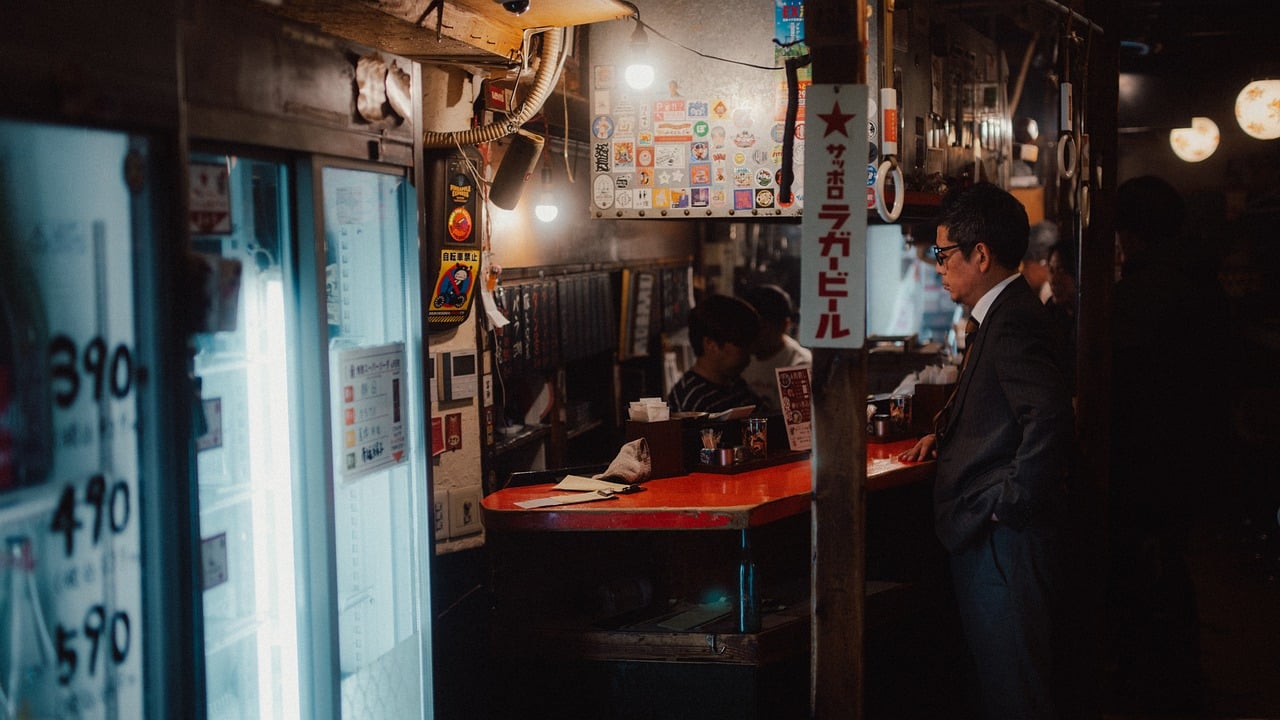
Why Western Companies Fail in Japan: Part 2 - Hidden Barriers & What Actually Works (2025 Guide)
In Part 1, we covered the five fatal mistakes Western companies make when entering Japan.
Now let's dive into the hidden barriers most market entry guides skip,
and more importantly, what actually works.
The Hidden Barriers Nobody Talks About :The Distribution Network Challenge

Japan's distribution system is completely different from the West.
Japan operates on keiretsu (industrial groups).
Networks of companies with interlocking relationships.
Sony, Panasonic, Toshiba. They're ecosystems, not just companies.
Entering retail? You'll encounter tonya (wholesalers/distributors).
These middlemen control retail access.
You can't just call a retailer and get shelf space.
You need the right distributor who trusts you and believes you'll stick around.
When eBay entered Japan in 2000, they ignored this system.

Charged commissions (up to 5%), required credit cards upfront.
Yahoo! Japan Auctions launched six months later with no commissions and understood what Japanese users wanted. Within two years, eBay had 3% market share and pulled out.
Yahoo understood the market. eBay tried to force their model on Japan.
The Regulatory Maze

Japan has strict regulations foreign companies underestimate.
Electrical products need PSE certification. Food products must comply with the Food Sanitation Act.
Medical devices require PMDA approval.
It's not just paperwork. It's proof you respect Japanese standards.
Uber struggled partly because Japan's taxi industry is heavily regulated.
Ride-sharing faces strict legal restrictions.
Uber assumed they could disrupt like elsewhere. They hit a wall.
IKEA failed when they first entered Japan in the early 1970s.
Assembly instructions showed inches, not the metric system Japan uses.
Seems minor, but details matter. When IKEA re-entered later, they did extensive research, adjusted product lines for smaller Japanese homes, and localized everything.
Now they have 16 stores across Japan.
The Customer Service Expectation (Omotenashi)

Japanese customer service is world-class.
Omotenashi (hospitality) means anticipating needs before customers ask.
You're not just competing on product quality.
You're competing on service quality, after-sales support, and long-term relationship management.
Walmart struggled in Japan partly because "everyday low prices" clashed with expectations.
Japanese consumers associate low prices with low quality.
They want premium experiences, detailed information, exceptional service.
Walmart eventually sold their Japanese operations.
L'Occitane Japan gets this right. French brand, Japanese service.
LINE-based loyalty program with 29 million users.
During COVID, when stores closed, they didn't send aggressive "buy now" emails.
They sent personalized LINE messages with free samples and beauty tips. Online sales surged.
The Language Reality

Many research shows that only 10% of Japanese people speak fluent English.
And it's getting worse among younger generations due to COVID disrupting study abroad programs.
This isn't just a translation issue. It's a trust issue.
If your website, marketing materials, or customer service can't communicate fluently in Japanese, you're signaling: "We're not serious about this market."
Starbucks Japan succeeds partly because their Instagram strategy is perfectly aligned with Japanese sensibilities. Stunning photos of seasonal products with flawless Japanese copy.
It feels local, not foreign.
What Actually Works

The Bicultural Advantage

Successful entries share one thing: bicultural leadership.
- Western Strengths: Global best practices, digital expertise, data-driven decisions.
- Japanese Strengths: Market knowledge, relationship-building, local networks.
Real-World Impact:
L'Occitane Japan thrives with bicultural approach.
French brand heritage with Japanese-level customer service.
LINE-based loyalty program using personalized messaging based on Japanese customer data.
Salesforce Japan succeeded by hiring local leaders who understood consensus-based business.
Instead of Western direct selling, they prioritized relationship-building through in-person meetings and trusted partnerships. They invested in customer success teams for long-term support.
Microsoft Japan drove AI and cloud adoption through localized partnerships with Japanese industry leaders. They didn't just sell software. They built ecosystems.
Platform Strategy That Works

LINE Marketing (The Foundation):
The full funnel: Instagram/TikTok for awareness
→ landing page with free value → LINE signup
→ 30-day nurture → conversion → long-term relationship.
Why LINE? Open rates of 60-65% vs email's 15-20%.
LINE feels personal. Email feels formal.
LINE enables two-way conversation. Email is one-way broadcast.
Instagram/TikTok (Japan-Specific):
Focus on aesthetic quality over personality.
Polish your content rather than going for raw authenticity.
Include cultural context and seasonal references.
Use trustworthiness signals like credentials and testimonials.
Twitter/X:
Still massive in Japan for real-time info, customer service, and community building.
Multi-Platform Strategy:
- Awareness: Instagram + TikTok
- Engagement: Twitter/X
- Conversion: LINE
- Retention: LINE
Long-Term Relationship Building

In Western markets, the sequence is: transaction first, relationship maybe later.
In Japan, it's always: relationship first, transaction later.
Trust Signals:
Consistency: Show up regularly, follow through, be reliable month after month.
Long-term commitment: Get a physical office, hire local staff, invest in the community.
Cultural respect: Learn deeply, adapt processes, listen to feedback.
Case Study: What Success Looks Like

Siemens Japan succeeded by developing custom automation solutions compatible with Japan's existing factory systems. They hired Japanese engineers and avoided radical changes, aligning with Japan's Kaizen philosophy and earning trust.
Key lesson: In Japan's industrial sector, integration with existing systems works better than disruption.
Dyson (British appliances) designed smaller vacuum cleaners based on Japanese market research.
Big success. They understood Japanese homes are smaller, and adapted their products accordingly.
Adobe succeeded in Japan by partnering with local distributors who understood the creative industry. They didn't try to go direct. They worked within the existing distribution system.
Success Metrics That Matter

In Year 1, don't measure revenue. Measure trust signals:
- Number of in-person meetings held
- Partner introductions received
- Repeat conversations with prospects
- Local media coverage
- Industry event participation
- LinkedIn connections from target companies
In Year 2, measure early traction:
- First paying customers
- Customer satisfaction scores
- Referral requests
- Contract renewals
- Local team growth
- Partnership depth
In Year 3+, measure growth:
- Revenue growth rate
- Customer lifetime value
- Net promoter score
- Market share
- Brand awareness
- Profitability
The mistake most companies make? They measure Year 3 metrics in Year 1, get discouraged, and quit.
Coming Up in Part 3: Your complete action plan for entering Japan, including timelines, legal requirements, hiring strategies, and how to set your company up for long-term success.
[Read Part 3 →]
—
Hayate Yoshizawa,
Founder at Pont Miyabi🌏
🔗 Connect: LinkedIn | Website
📩contact@pontmiyabi.com
What's happening
Our latest news and trending topics

.png)

